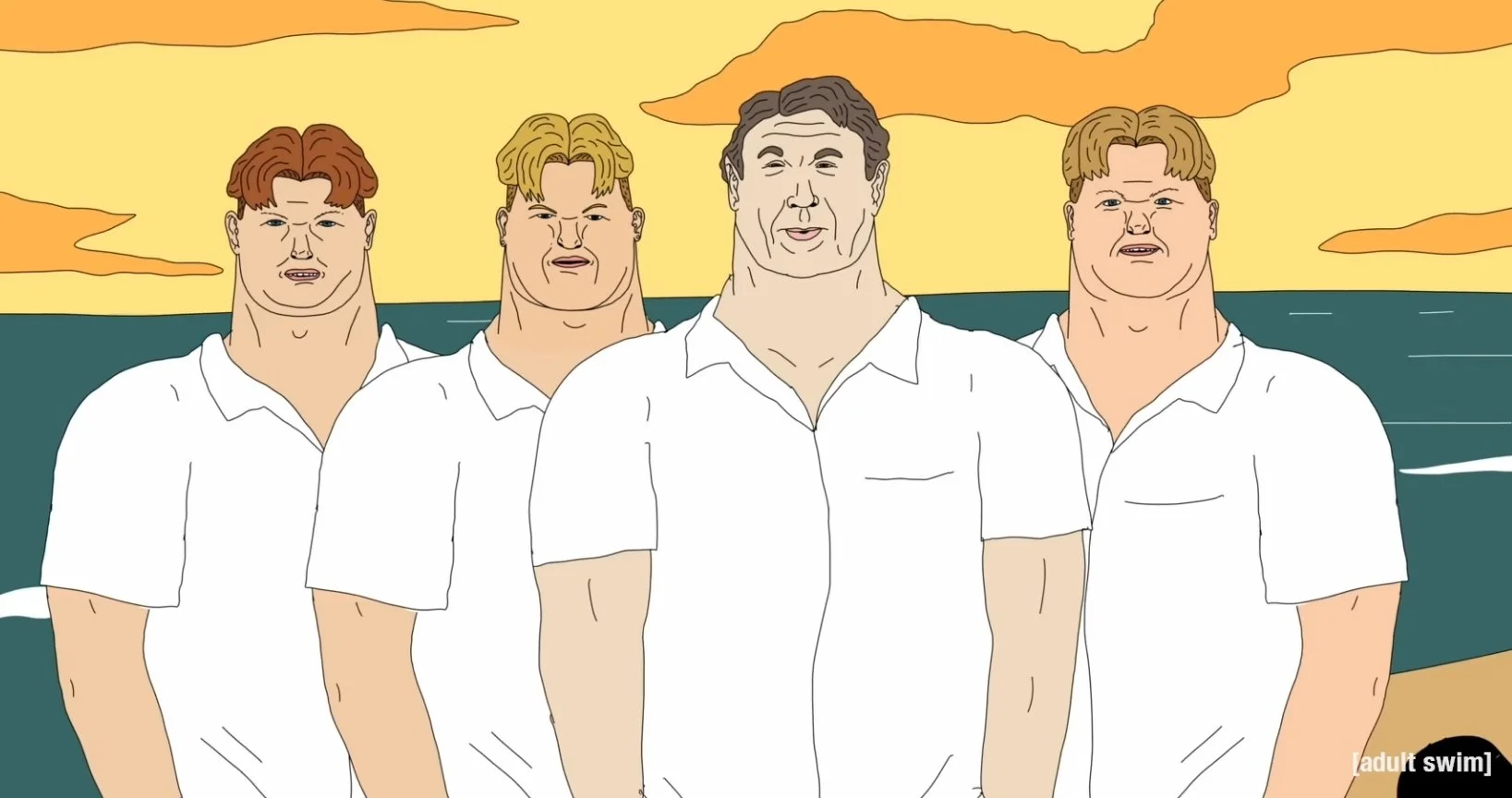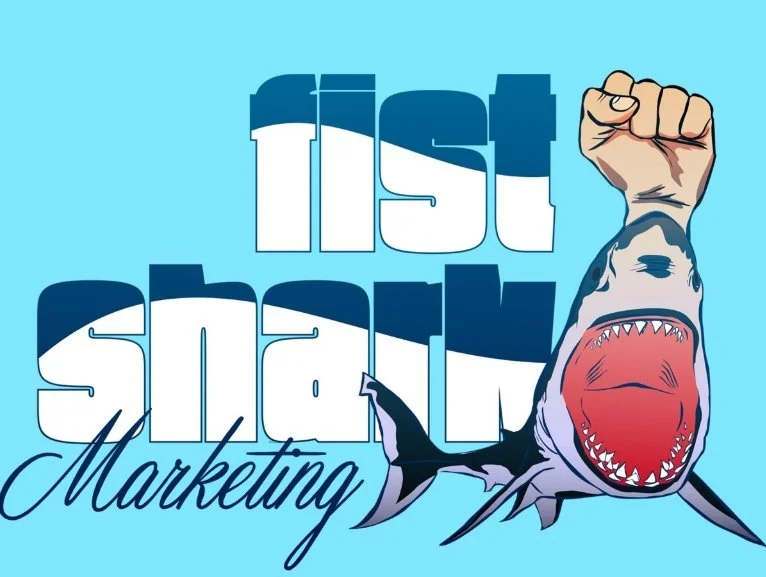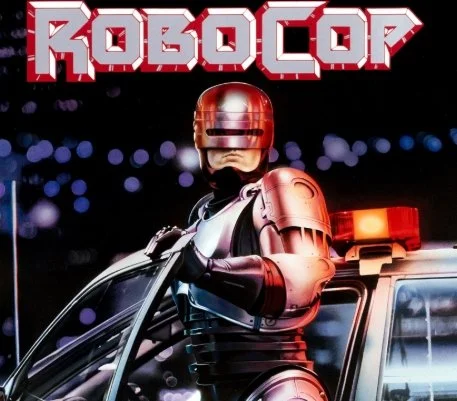How RoboCop Predicted the Weaponization of Masculinity
Detroit, Inc. and the Business of Brutality
RoboCop has always been described as satire, but that label undersells the precision of its psychological insight. The film does not simply show violence. It treats violence as a corporate asset, a market category, and a tool for identity construction. RoboCop’s Detroit is not collapsing because of crime alone. It is collapsing because violence has become a product that corporations can package, advertise, and sell back to the public as empowerment.
This direction becomes eerily relevant when we compare the film’s approach to the rebranding of guns in the United States, particularly in the early 2000s. Guns moved from tools for hunting and sport toward symbols of masculinity, individuality, and heroic self-image. Violence became a lifestyle identity. RoboCop saw that coming.
The thesis of this article is simple. In RoboCop, violence is not only a method of control. It is a consumable identity, and the film exposes the psychological mechanisms that make people crave it.
The Corporate Aesthetics of Firepower
OCP does not merely build weapons. It builds visual statements. The ED-209 is hulking, angular, and theatrical. RoboCop’s armor gleams under fluorescent lights. Even minor technologies in the film have exaggerated presence. Everything looks larger, thicker, heavier, and more intimidating than necessary.
This is not accidental worldbuilding. It mirrors real tactics in weapon marketing. The industry learned that violence becomes attractive when the tools of violence feel larger than life. Tactical styling, industrial surfaces, exaggerated musculature in design, and the constant suggestion of unstoppable power all create a sense of identity that people can adopt.
Violence becomes a costume. A uniform. A brand.
In this reading, RoboCop is not simply a cyborg. He is OCP’s walking advertisement for corporate power. He is outfitted like an action figure that children would beg for if he were real. The visual design teaches the viewer that power is something you can wear.
Fear as a Sales Funnel
RoboCop’s television segments present Detroit as an endless parade of explosions, crime sprees, and chaotic news updates. The city looks ungovernable, yet the media treats this instability with a grin. The news anchors smile through carnage. Commercials show nuclear devices for sale. Violence becomes entertainment. Entertainment justifies escalation. Escalation requires solutions, and OCP is ready to provide them.
This mirrors real psychological patterns in fear based advertising. When fear is constant, consumers seek something that promises control. OCP manipulates this instinct by selling the exact tool that matches the fear they create. The company engineers a cycle. More spectacle leads to more dread, and more dread leads to increased demand for corporate order.
The infamous line I would buy that for a dollar becomes a summary of the culture. Violence is cheap, disposable, and laughable. It is not experienced as tragedy. It is consumed as content.
The Male Body as Commodity
Murphy’s transformation is often discussed in terms of trauma or technological violation. Those readings are valid, but the psychological dimension of masculinity deserves equal attention. RoboCop’s new body is not just a machine. It is an aspirational physique in a culture that sells dominance as virtue.
Murphy loses his vulnerability, his family, and his softness. What remains is a chiseled, armored shell that symbolizes absolute force. Corporations, historically, have marketed weapons with the promise of restored masculinity. RoboCop embodies that promise. He is a man rebuilt in the image of corporate ideals.
He is a product version of a man. He is a fantasy of indestructibility. And, most importantly, he is an argument that masculinity gains value through violence.
Why We Buy Violence
The psychology behind violence as identity is simple but powerful. Violence gives people a sense of clarity in an otherwise confusing world. Power fantasies substitute for actual agency. When faced with economic uncertainty, social erosion, or political distrust, consumers gravitate toward tools that claim to restore control.
RoboCop shows this impulse as universal. Criminals and police officers respond to the same pressures. Citizens watching television find comfort in violent solutions. Violence becomes a language through which people negotiate fear, frustration, and insecurity.
This is exactly how modern tactical culture thrives. Violence is sold not for what it does, but for what it means. It becomes a symbol of self reliance and personal sovereignty.
The Consequence of the Commodity: Violence and the Rise of Mass Shootings
The prescient themes in RoboCop, the corporate branding of firepower and the sale of an armored male identity, are directly tied to the contemporary rise of mass shootings in the United States, particularly through the marketing and cultural meaning of the AR-15 style rifle. The marketplace of violence has translated its branding of dominance as virtue into lethal, real-world consequence.
The AR-15 as OCP's Advertising Vehicle
Just as RoboCop's armor functions as OCP's walking advertisement for power, the AR-15 has been explicitly marketed and adopted as an emblem of a specific, aggressive masculine identity.
The AR-15, a civilian version of the military’s M16/M4 platform, is visually synonymous with military force. Its modularity allows for endless customization, encouraging users to build a personal statement of maximum force and self reliance, perfectly mirroring the article’s concept of violence becomes a costume. Gun manufacturers have used advertising that directly links firearm purchase to the restoration of masculinity. For example, a maker of the AR-15 ran ads with the slogan, "Consider your man card reissued," directly tying gun ownership to compensating for a perceived lack of manhood. Promoted as "America's Rifle," the weapon has moved beyond a tool for sport or hunting to a political and ideological statement, symbolizing rugged, armed individualism and defiance against any threat to one’s personal sovereignty.
The Psychological Link: Masculinity Threat
Sociological and psychological research supports the article's claim that power fantasies substitute for actual agency in a confusing world.
The vast majority of mass shooters are male. Studies show that men whose masculinity is threatened by economic insecurity, social alienation, or challenges to traditional gender roles are more attracted to guns. They see firearms as a form of compensation that symbolizes strength and the traditional "protector" role. Mass violence, particularly in public settings, can be interpreted as the ultimate, extreme act of overcompensation to re establish a perceived lost dominance. Many perpetrators are motivated by a desire for fame and media attention, seeking to emulate previous shooters and solidifying their place in a violent, spectacular narrative. This is a direct extension of the film's media segments that treat carnage as consumable "content."
The Dystopian Feedback Loop
The corporate strategy of fear based marketing in RoboCop finds its parallel in the sales model surrounding mass shootings. Mass shootings are often followed by a spike in gun sales. This is partly driven by a fear of gun control legislation, but also by elevated feelings of insecurity that drive consumers to purchase weapons for "protection" against the very threat the event highlighted. The firearms industry has largely been shielded from liability, effectively transferring the catastrophic social cost of their product's misuse back onto the public. This lack of accountability creates a feedback loop similar to OCP’s—the company profits from the violence its corporate product or marketing may enable, while being legally insulated from the resulting tragedy.
The result is a society where the tools of spectacle violence are cheap, readily available, and marketed directly to psychological insecurities, confirming RoboCop's darkest prediction: that the commodification of fear would lead to an endless demand for destruction.
Simply Put: RoboCop as Blueprint for Modern Tactical Culture
RoboCop exaggerates violence to the point of absurdity, but it also predicts something real and long lived. It forecasts a society where violence is not a tool but a brand. It anticipates the way corporations frame firepower as empowerment, and it exposes the psychological vulnerabilities that allow this framing to succeed.
The film's satirical vision didn't just warn of privatization; it laid bare the mechanism by which fear is engineered into profit. OCP's ability to market the ED-209 and RoboCop's armor as aspirational products—chiseled, lethal, and fundamentally indestructible—created a blueprint for modern tactical culture. Today, the aesthetics of specialized gear, the marketing of firearms, and the cultural fascination with militarized authority all echo OCP’s world. Violence continues to be a marker of identity. It continues to be packaged as masculinity, security, and individuality.
The ultimate evidence of RoboCop’s enduring relevance lies in the tragic consequence of this commodified identity. The contemporary embrace of military-style weaponry, such as the AR-15, is a direct fulfillment of the film's satire. When the gun is branded as the ultimate accessory to "reissued masculinity" and the only reliable source of personal sovereignty, it feeds a dangerous psychological cycle. For individuals facing alienation or insecurity, the power fantasy sold by the corporation becomes a substitute for actual agency. In the most devastating cases, this pursuit of power culminates in acts of mass violence, where the weapon's lethal aesthetic and the perpetrator's desire for spectacle are tragically unified.
RoboCop remains relevant because the marketplace it satirized never stopped growing; it just got deadlier. The core economic truth the film revealed still holds: Violence sells, but identity sells even more. RoboCop shows us the precise moment those two commodities became not just indistinguishable, but tragically destructive.










